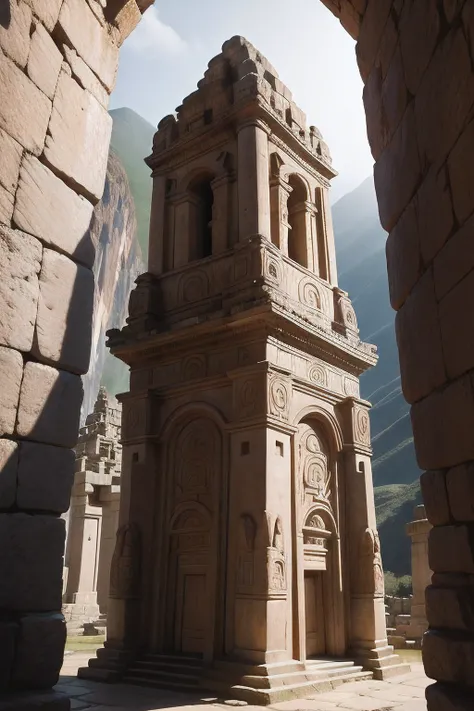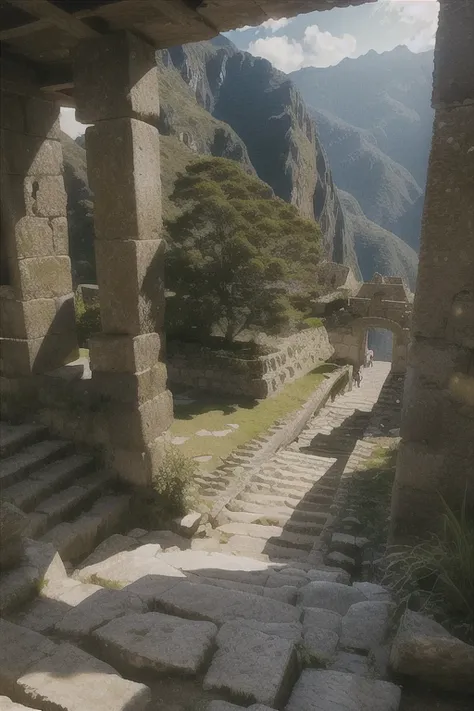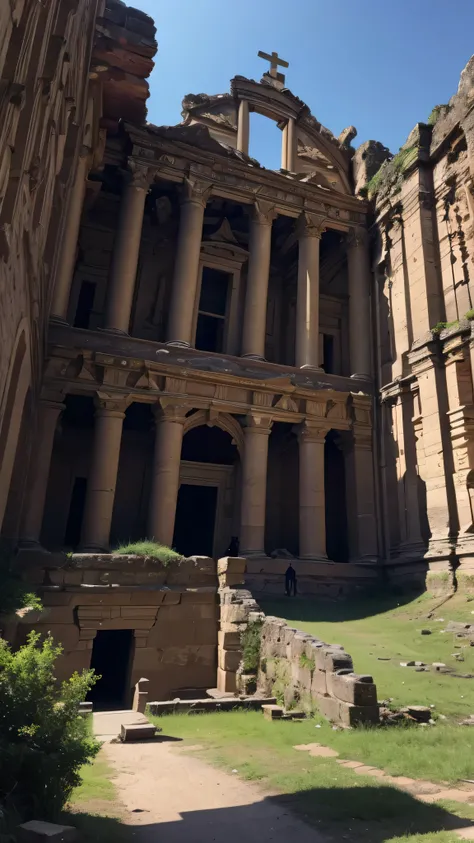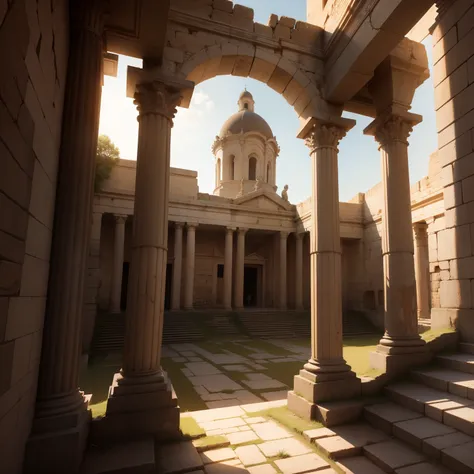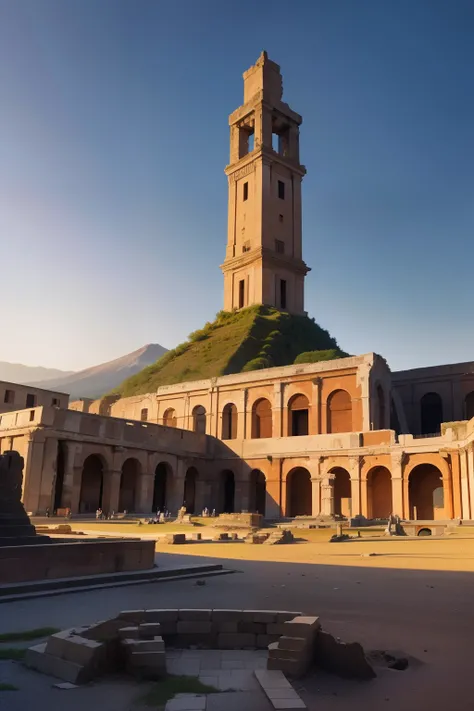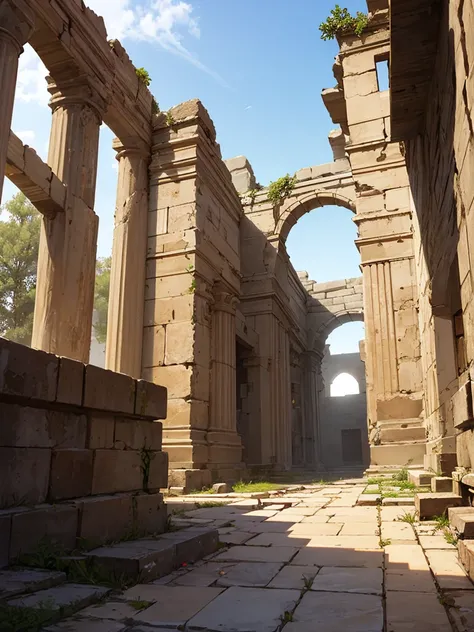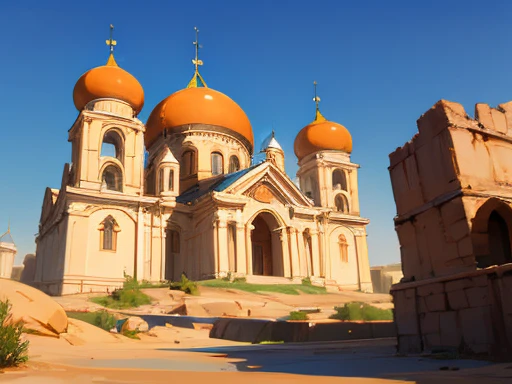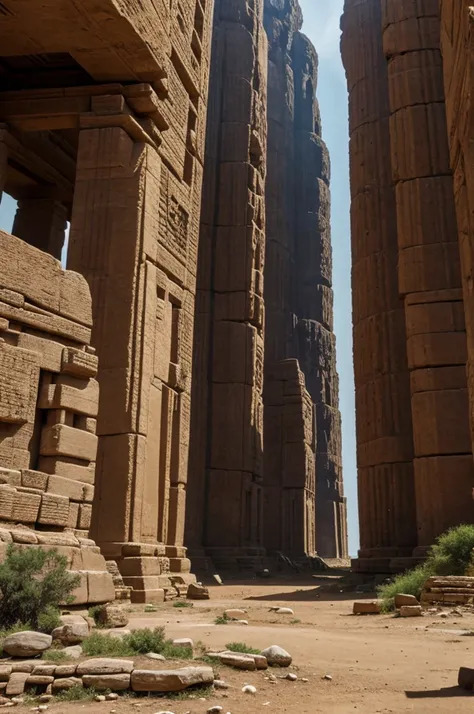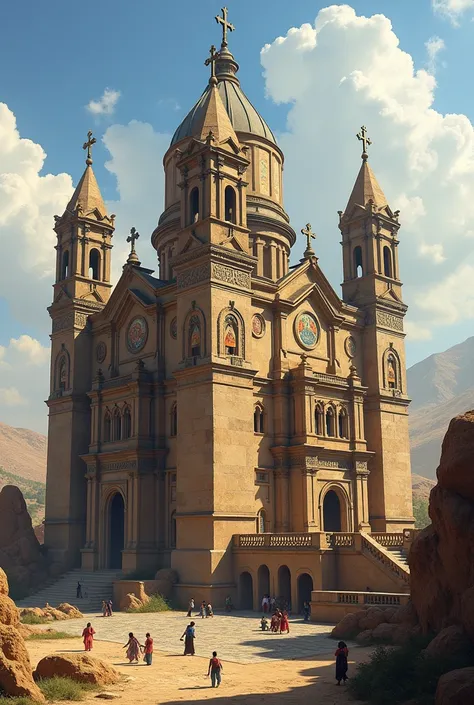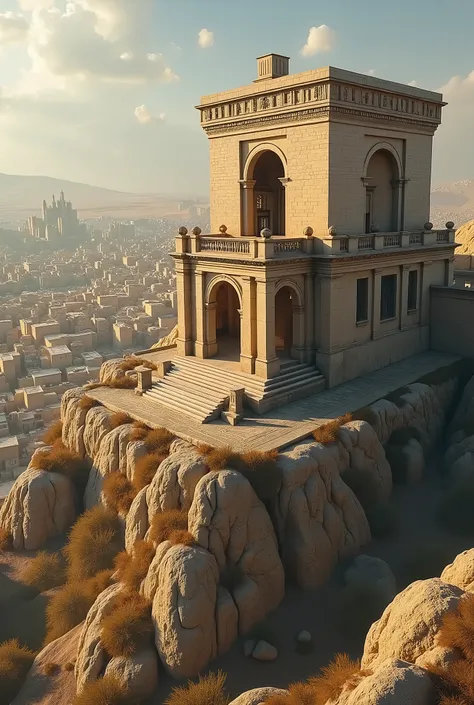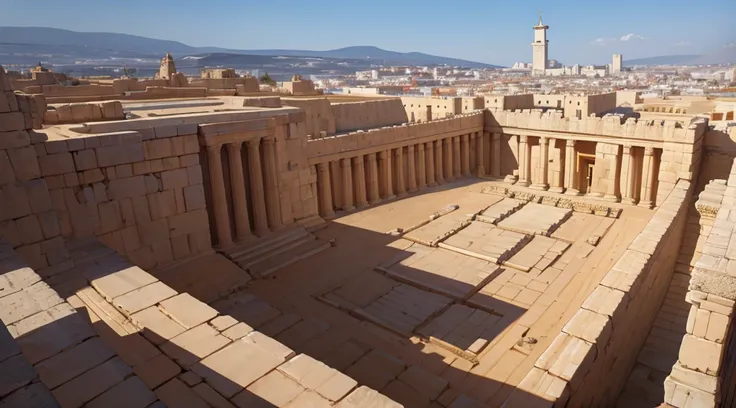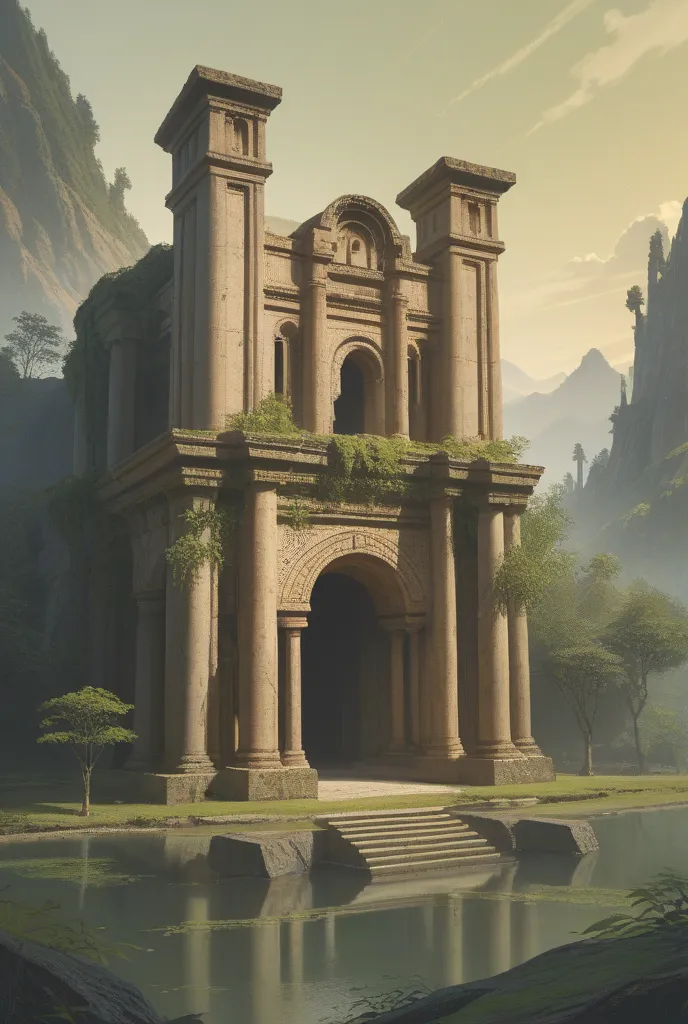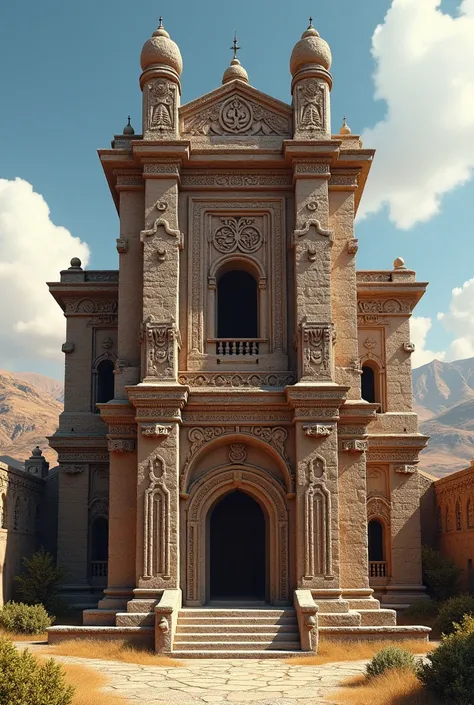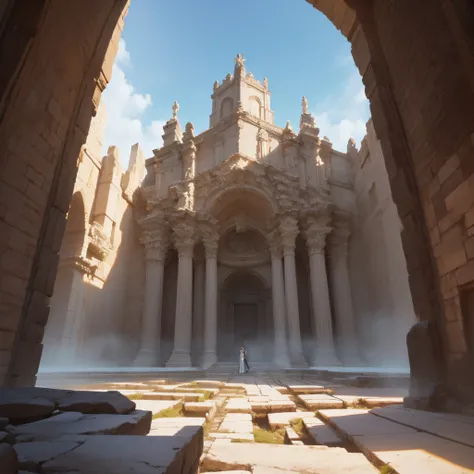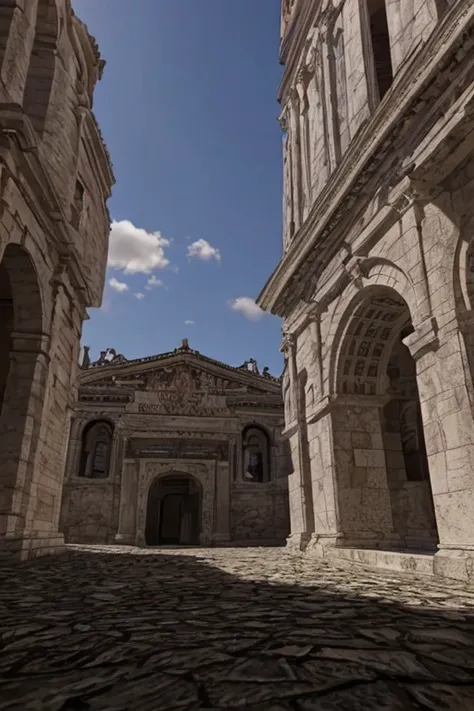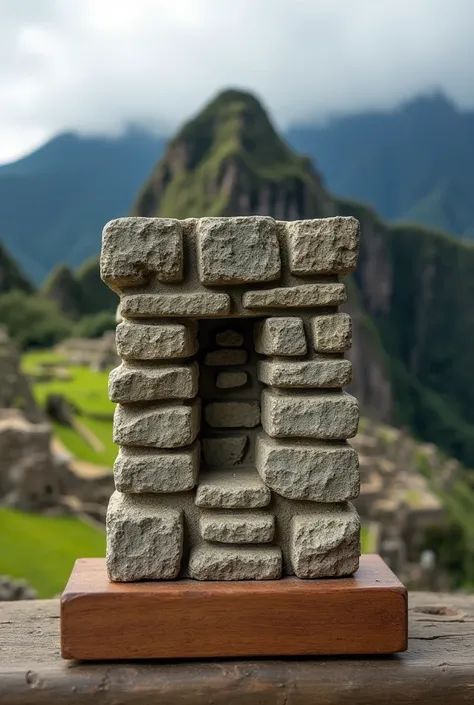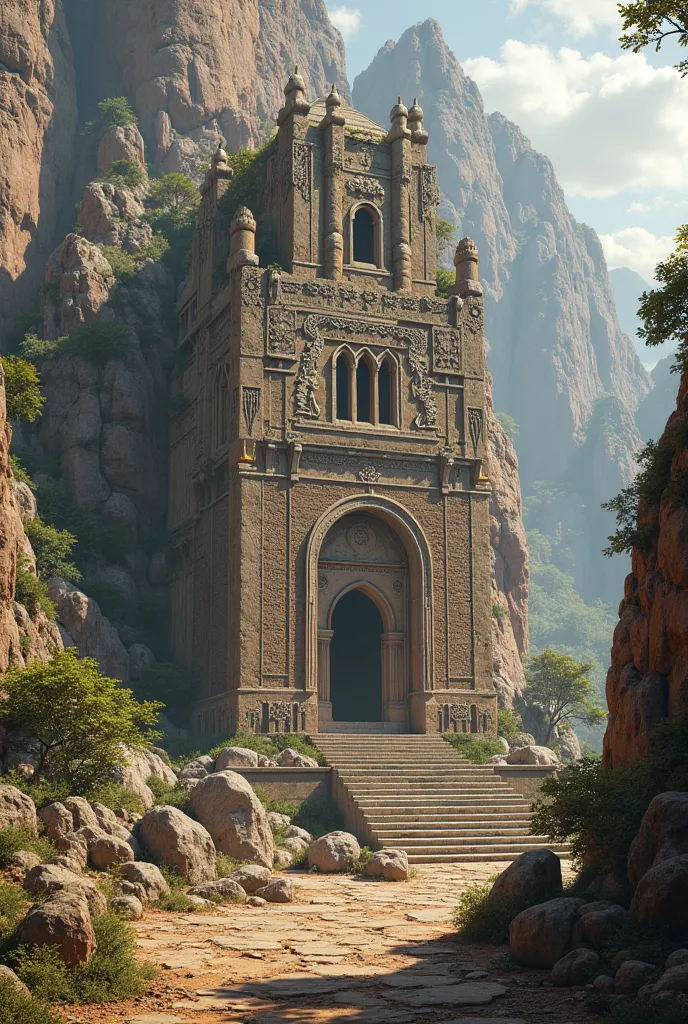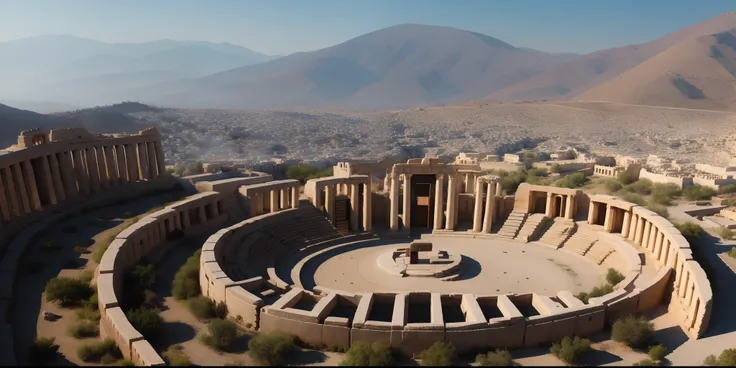Arafed stone building with a clock tower in a stone archway
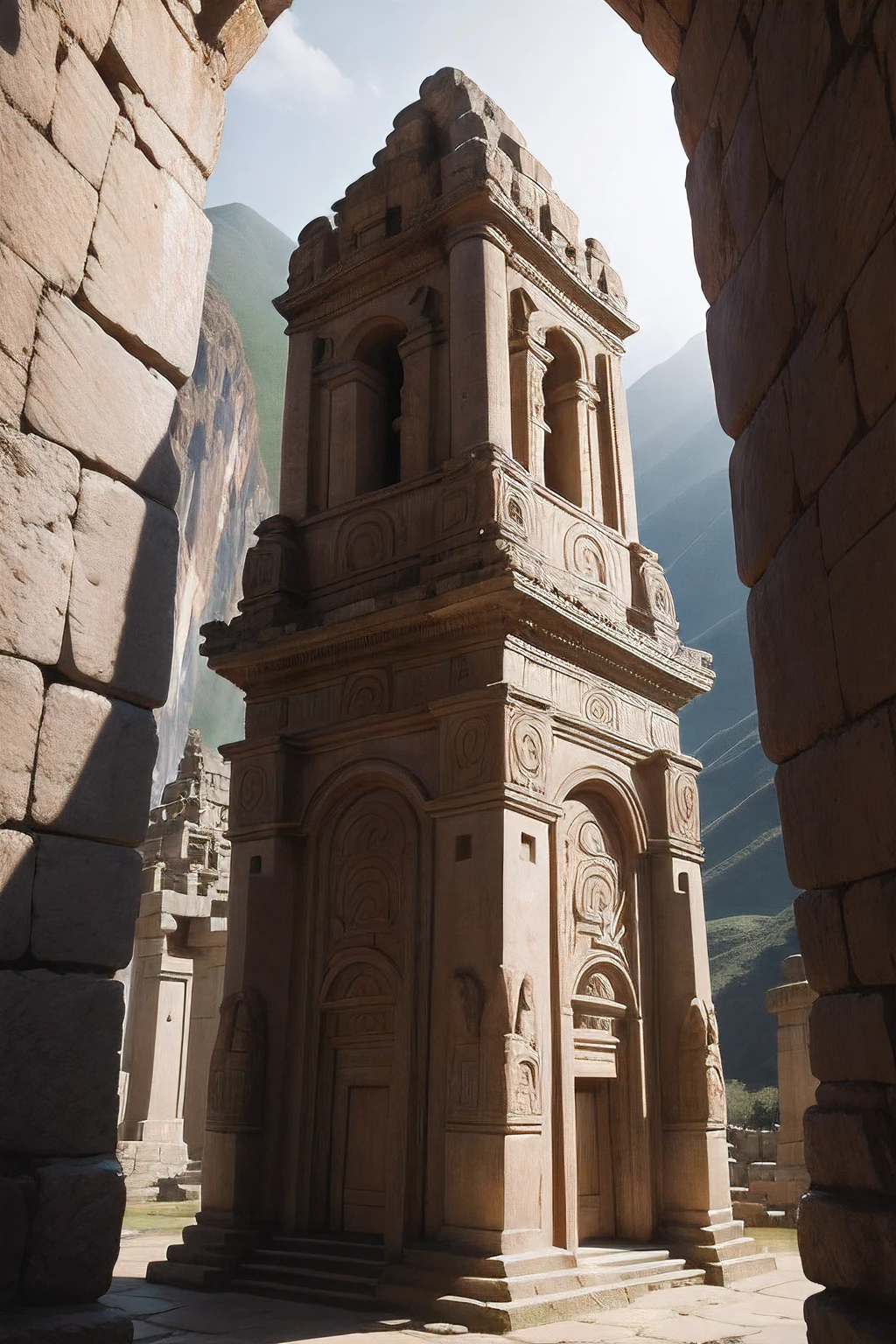
The Inca temples were impressive structures that reflected the architecture and culture of the Inca civilization. Here is a description of an Inca temple seen from the outside: Location and General Structure: A typical Inca temple was built in a strategic location, muitas vezes em uma colina ou plataforma elevada para dominar a paisagem circundante. A arquitetura inca geralmente incorporava pedra e argamassa de maneira magistral. O templo era caracterizado por suas paredes de pedra polida, que eram cuidadosamente encaixadas sem o uso de argamassa, formando um ajuste perfeito. As paredes eram frequentemente trapezoidais, leaning inward as they climbed, which provided stability to the structure against earthquakes. Pedra e Tamanhos Monumentais: Os templos incas eram impressionantes em tamanho e escala. The stones used for construction were often immense and some could weigh tons. The way the Incas cut and transported these huge stones is still the subject of admiration and study. The stones were often carved with precision and polished, giving the temple an impressive appearance. Telhado e Estruturas de Cobertura: Os templos incas tinham telhados de colmo, que consistiam em palha ou capim seco. The ceilings were supported by wooden beams and were often sloping to allow rainwater runoff. Sometimes, These ceilings were decorated with symbolic elements or artistic representations. Entrada e Porta Sagrada: A entrada do templo frequentemente apresentava uma porta sagrada, conhecida como "trilithon", que era formada por duas grandes pedras verticais com uma pedra horizontal no topo. Essa entrada era frequentemente adornada com ornamentos esculpidos e relevos decorativos. Decoration and Symbolism: Inca temples were often decorated with carvings and reliefs depicting religious symbols, figuras divinas, animais sagrados e outras imagens importantes para a cultura inca. Esses de
Prompts
Copy
The Inca temples were impressive structures that reflected the architecture and culture of the Inca civilization
.
Here is a description of an Inca temple seen from the outside:
Location and General Structure:
A typical Inca temple was built in a strategic location
,
muitas vezes em uma colina ou plataforma elevada para dominar a paisagem circundante
.
A arquitetura inca geralmente incorporava pedra e argamassa de maneira magistral
.
O templo era caracterizado por suas paredes de pedra polida
,
que eram cuidadosamente encaixadas sem o uso de argamassa
,
formando um ajuste perfeito
.
As paredes eram frequentemente trapezoidais
,
leaning inward as they climbed
,
which provided stability to the structure against earthquakes
.
Pedra e Tamanhos Monumentais:
Os templos incas eram impressionantes em tamanho e escala
.
The stones used for construction were often immense and some could weigh tons
.
The way the Incas cut and transported these huge stones is still the subject of admiration and study
.
The stones were often carved with precision and polished
,
giving the temple an impressive appearance
.
Telhado e Estruturas de Cobertura:
Os templos incas tinham telhados de colmo
,
que consistiam em palha ou capim seco
.
The ceilings were supported by wooden beams and were often sloping to allow rainwater runoff
.
Sometimes
,
These ceilings were decorated with symbolic elements or artistic representations
.
Entrada e Porta Sagrada:
A entrada do templo frequentemente apresentava uma porta sagrada
,
conhecida como "trilithon"
,
que era formada por duas grandes pedras verticais com uma pedra horizontal no topo
.
Essa entrada era frequentemente adornada com ornamentos esculpidos e relevos decorativos
.
Decoration and Symbolism:
Inca temples were often decorated with carvings and reliefs depicting religious symbols
,
figuras divinas
,
animais sagrados e outras imagens importantes para a cultura inca
.
Esses de
INFO
Checkpoint & LoRA

Checkpoint
ReV Animated
0 comment
0
1
0










